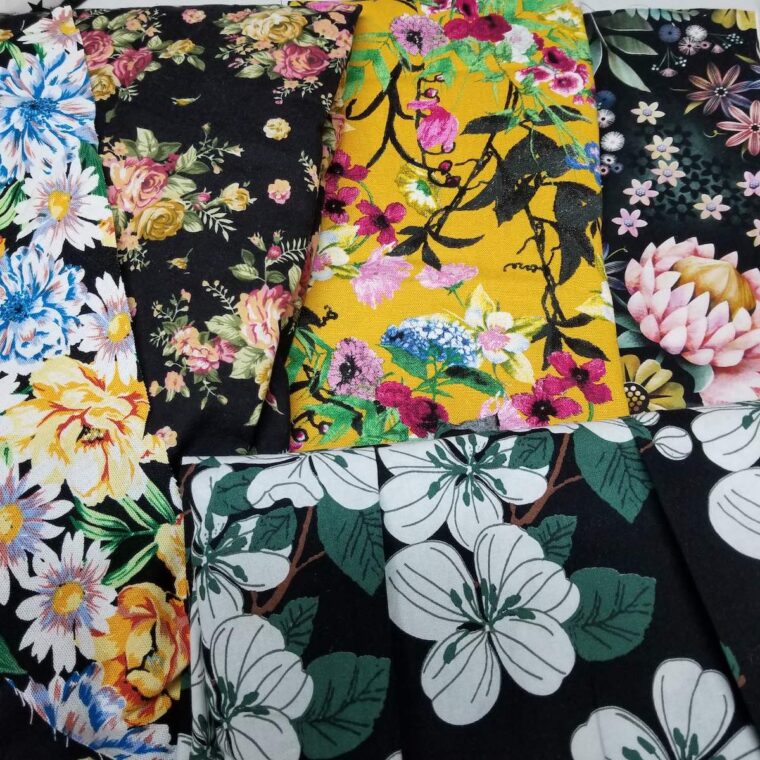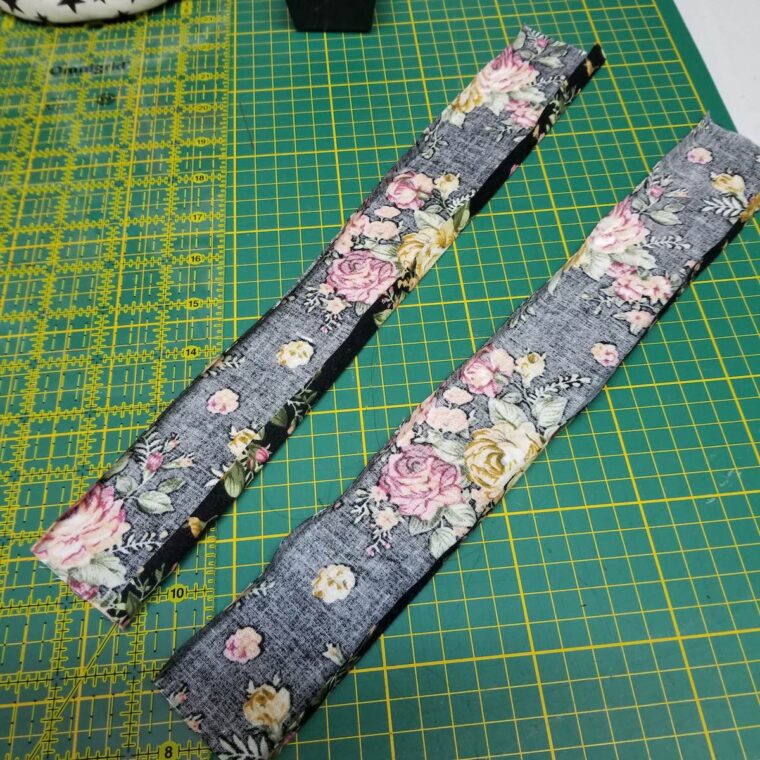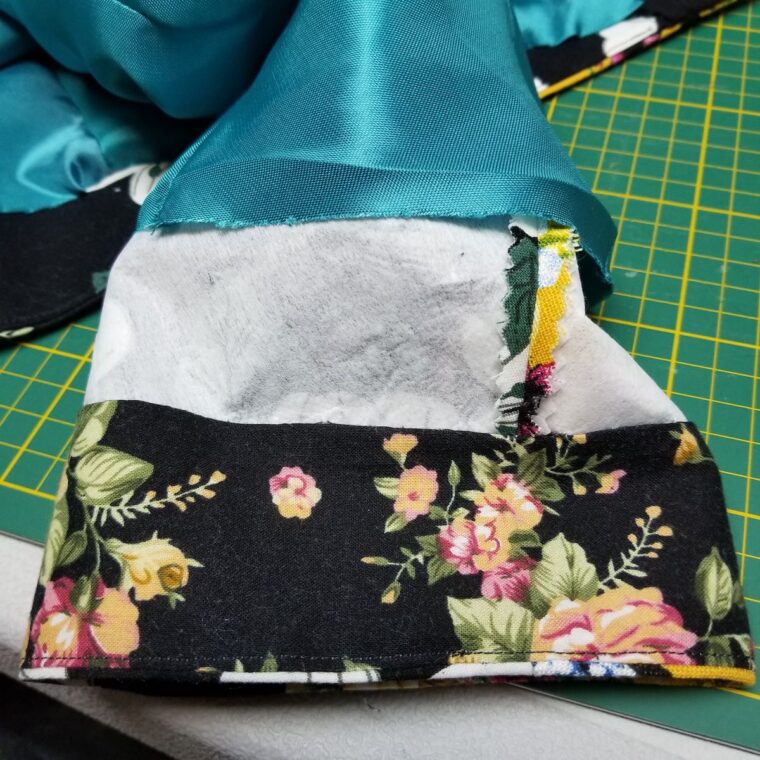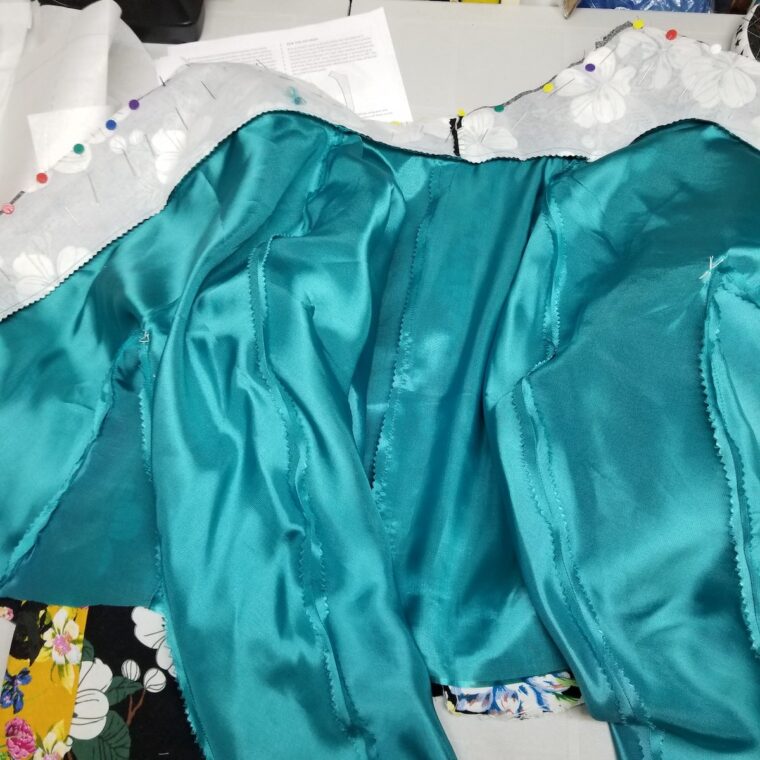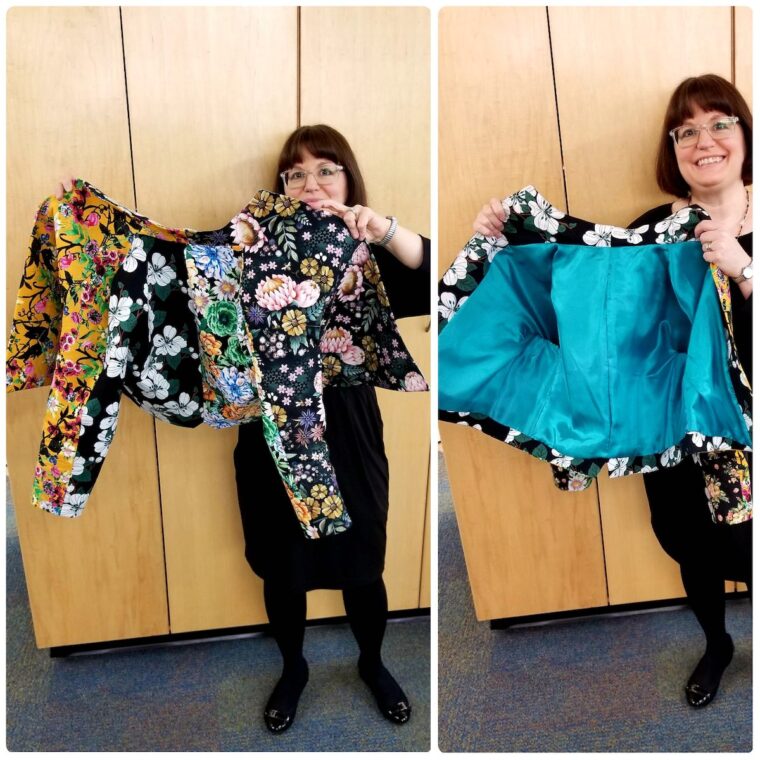The choice of fabric can completely transform the final look of a pattern. No matter if you’re into solids or prints, you’ll appreciate the clever fabric mixing in this project. Melanie, who's part of our Advisor’s Circle, is generously sharing her vibrant and eclectic Yananka jacket. I’ve been eyeing the Yanaka jacket pattern for quite some time now! I adore its silhouette and relaxed design; cropped or shorter jackets typically flatter my figure, so I knew I had to give this one a shot. Quilted jackets are trending right now, and I thought about trying one, but ultimately decided that a simpler, scrappy version without quilting would suit me better. This pattern seemed perfect for experimenting with print mixing, thanks to its center back seam, sleeve gussets, and facings that can be showcased when the collar is folded down. There are plenty of opportunities to incorporate smaller fabric pieces and highlight those charming leftover scraps. And I have no shortage of colorful remnants! Since I frequently work with cottons and linens, I rummaged through my scrap bins and pulled out some larger remnants. After testing several combinations, I settled on five floral prints that matched well in terms of color tones and scale. Next came the tricky part—deciding how to arrange them! I mapped out a layout plan, but these fabrics were relatively lightweight and fluid. The Yanaka pattern suggests using a medium to heavy-weight fabric to maintain structure, so I pre-interfaced all the pieces with a medium-weight fusible interfacing before beginning construction. I wanted the standing collar, front points, and back notch to stay crisp rather than droopy. Pre-interfacing allowed me to utilize these specific scraps effectively. I didn’t make many alterations to the original pattern. However, there were a couple of minor tweaks. Initially, I shortened the sleeves a bit too much. In the end, I decided against taking any length out with a wide hem, so I crafted a 2-inch-wide sleeve facing from the same cotton used for the sleeve gussets (which remained non-interfaced). Hemming the sleeves this way also provided a clean surface to attach the lining. I’ve adjusted the sleeve pattern slightly to avoid making the same mistake again. I also added a lining to this jacket—since the pattern is unlined, I wanted everything to look neat under the hood. For this reason, I pinked all my seams quickly because they’d be hidden anyway. To provide extra movement, I included a ½-inch center-back pleat, and the lining was another scrap find! The most significant change I didn’t make was shortening the body of the jacket. I almost always shorten patterns above the waist, but this time I liked the finished length and didn’t want it to be overly cropped, so I kept it as drafted. I’m thrilled with how it turned out! It’s incredibly comfortable, and the fit is spot-on. I relished the chance to use some of my stunning print scraps to create a unique jacket. The design lines were tailor-made for this project! After finishing my jacket, I couldn’t help but feel proud of what I’d accomplished. Mixing prints can be intimidating, but this project taught me how to balance colors and patterns in a way that feels cohesive. If you're considering tackling a similar project, my advice would be to embrace experimentation. Don't be afraid to play around with different combinations until you find something that speaks to your personal style. And remember, sometimes less is more—simple adjustments can make a big difference. Overall, this experience reminded me why I fell in love with sewing in the first place. It's not just about creating something functional—it's about expressing creativity and turning scraps into treasures. I hope you enjoy seeing the final result as much as I enjoyed making it! Textile Polyester Filament,Dope Dyed Polyester Filament Yarn,High Tenacity Polyester Filament Yarn,Process Of Polyester Filament Yarn JIANGSU ZJA NEW MATERIAL CO., LTD , https://www.zjafiber.com
